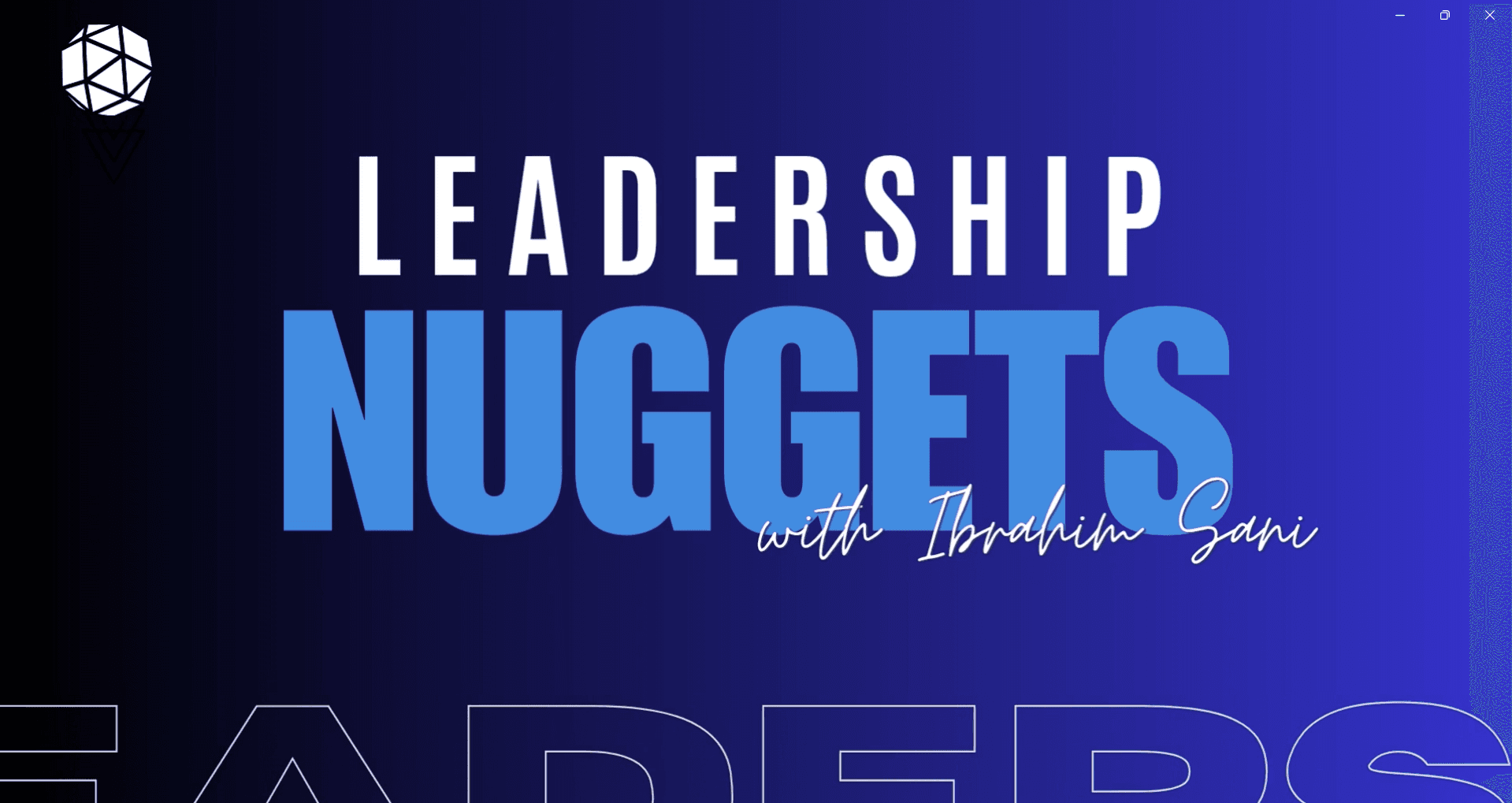Upskilling the Team? Don’t Do It Alone

Image is from freepik.com by @freepik
You don’t have to look too far to see reports about how technology is changing the nature of work, with a consequential impact on the skills and capabilities we need now and in the future.
AI and automation will reduce and, in some areas, eliminate process-based tasks. There will be new roles and functions, roles we have never heard of. Most of these roles will require higher cognitive, social, and emotional skills.
Organisations focused on being future-ready are examining how they upskill and reskill team members. This BCG report highlights some actions organisations should consider.
Capability building has always been important, and so too is looking ahead and understanding the future skills that are needed.
When leaders are asked if they think developing their team is important, the answer will invariably be ‘yes’. If they are then asked if they consider the development programs effective, the answers are less robust. In one study, only one-third of leaders interviewed said that their capability programs were successful. Success, in this context, was defined as achieving objectives and having the desired business impact.
Securing better outcomes starts with better team engagement.
Engage Broadly
Successful capability building happens when organisations are clear about what’s needed and why.
Gaining that clarity doesn’t happen in a vacuum. It requires a deep understanding of the organisation’s capabilities, which means each leader needs to know the capabilities across their team.
Consequently, when thinking about capability building, your team’s engagement and involvement must start in the design phase, not just the implementation phase.
Why It Matters
Engaging often and early is essential.
When you don’t, you risk creating development programs misaligned with individual and team needs, and so motivation to attend is low. All of this means you won’t secure your desired outcomes, and your scarce development funds will be wasted.
In contrast, when leaders do engage with their team in meaningful ways, they can better ensure that development initiatives are aligned with the organisation’s objectives while addressing specific needs and challenges within their team.
Taking a tailored learning approach helps elevate participation rates and learning outcomes.
Make it Contextual and Personal
When team members have more involvement and choice they are more motivated to participate actively. Researchers Edwin Locke and Gary Latham explain how “goal-directed choice and action are at the core of human motivation”.
If you want your team to grow and develop, make the learning contextual, relevant, and personal. This approach requires balancing self-directed learning, micro-learning, online, face-to-face and on-the-job training.
With AI’s arrival, there will be a plethora of people pushing AI-generated learning. This article is just one example. I’m a big fan of new ideas and technology when leaders use them carefully.
Be deliberate about your approach because successful capability building is multi-faceted and multi-layered.
Discover: How Learning and Development Can Quell Quiet Quitting
Do Your Homework
McKinsey research suggests that creating the foundation to support organisational change requires the organisation’s capability program to engage 25% of employees directly.
Your approach is not one-size-fits-all. It depends on your context, organisational size, current capabilities, and development gaps. However, what is consistent is that you must allocate time and resources to work this through, and you will want to engage and discuss this with your team throughout.
Most organisations have their team members create Individual Development Plans. Rather than put the IDP process into ‘set and forget’ actively use it through this process. Each person’s IDP becomes a critical part of this process so you can coordinate and align needs.
First, you want to assess and identify the capability gaps at individual and team levels. This step involves conversations, skills assessments, competency mapping and development plans.
Then, you can determine the specific areas where training and development are required. Consider technical skills, competencies, and industry-specific and role-specific knowledge.
Now, you are well placed to consider the options to address the gaps. Your approach will likely involve a combination of internal and external training resources, workshops, seminars, online courses, mentoring, coaching and on-the-job learning.
As the suite of initiatives rolls out you want to reinforce the learnings. So, ensure active and focused conversations at team and one-on-one meetings about learnings and progress. This way, you are working to embed the learnings while assessing how the activities are helping to close the gaps.
Of course, the need to learn, grow and upskill will never stop. As the leader, keep abreast of changing needs, industry trends, and emerging skill requirements to ensure ongoing capability uplift. Have regular chats with your team about learning opportunities and pathways to growth. Consider options for testing and learning new ideas.
This quote from William Pollard, an English writer and Quaker from the mid-1800s, is a great reminder that to thrive today and tomorrow you must continue to learn: “Learning and innovation go hand in hand. The arrogance of success is to think that what you did yesterday will be sufficient for tomorrow.”
So, where are your team’s capability gaps and what will you do next to close those gaps?
Republished with courtesy from michellegibbings.com
Edited by: Kiran Tuljaram
Leadership
Tags: HR, Talent Development, Leadership & Development (L & D)
Michelle Gibbings is a workplace expert and the award-winning author of three books. Her latest book is 'Bad Boss: What to do if you work for one, manage one or are one'. www.michellegibbings.com.





